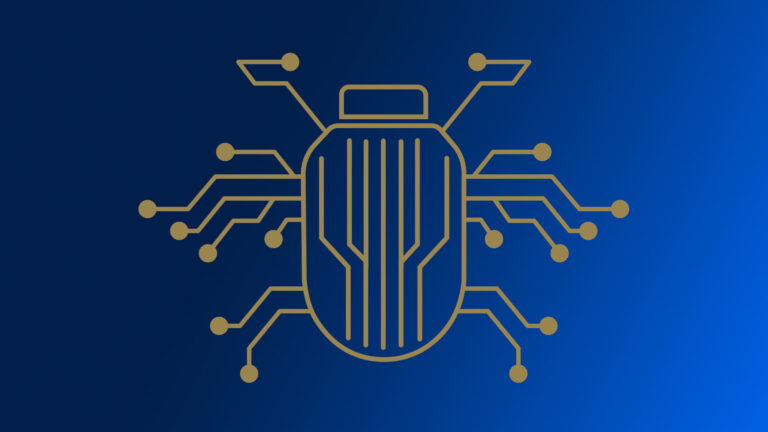Government agencies are faced with cybersecurity challenges from all sides. Digital transformation initiatives can expose weak points in an attack surface, putting pressure on agencies’ IT teams to get it just right. And from insider threats to persistent vulnerabilities within networks and operating systems, public sector leaders feel the urgency to obtain a clear picture of what’s most at-risk.
As we kick off 2023, the Synack Red Team reviewed the most common vulnerabilities found in 2022. Each of these vulnerabilities have the potential to pose significant threats to large organizations—governments and beyond—and will continue to be monitored as we move through 2023.
Here are the top 5 vulnerability categories found by Synack in government accounts in 2022:
#5: Remote Execution
Remote Code Execution refers to a vulnerability where an unauthenticated attacker can remotely execute commands to place malware or malicious code on your network or hardware.
#4: Brute Force
In a brute force attack, attackers utilize exhaustive key searches to constantly search and systematically check possible passwords or passphrases until the correct one is found. This can lead to successful phishing attacks and more.
#3: SQL Injection
This attack style consists of insertion or injection of a SQL query via the input data from client to application. A successful exploit of this style can read and even modify sensitive data, execute admin functions (including shutting down systems), and in some cases, issue commands to an operating system.

#2: Authorization Permissions
The second most common vulnerability found in 2022 relates to improper authorizations. With authorizations, a user’s right to “access a given resource [is] based on the user’s privileges and any permissions or other access-control specifications that apply to the resource.” In this case, unauthorized users may gain access to resources or initiate unwanted actions that they should not be allowed to perform, potentially leading to data exposures, DoS, or arbitrary code execution.
#1: Cross Site Scripting XSS
The most found vulnerability among Synack’s government missions in 2022 was cross-site scripting (XSS). According to NIST, this vulnerability “allows attackers to inject malicious code into an otherwise benign website. These scripts acquire the permissions of scripts generated by the target website and can therefore compromise the confidentiality and integrity of data transfers between website and client. Websites are vulnerable if they display user-supplied data from requests or forms without sanitizing the data so that it is not executable.”
Government organizations need to stay on top of these and countless other vulnerabilities, and mandates are pushing security teams to address this head on by adopting a zero trust model. At a high level, a Zero Trust Architecture provides a framework and structural guidance to ensure that only the individuals and systems who need access, have access. Dedicated and continuous application security testing programs are a critical piece to achieving a zero trust paradigm, and investment in security testing is critical to ensuring agencies in the United States have minimized known vulnerabilities and are adhering to Executive Order 14028 and Memorandum 22-09.
How can my team reduce found vulnerabilities?
- Understand your attack surface. Ensure you have a clear picture of your dynamic assets and that your attack surface is defined. This is key to managing cyber risk.
- Set your vulnerability alerts. Stay aware of the latest active exploits, vulnerabilities and security issues affecting government and industry-specific verticals by signing up for alerts from CISA.
- TEST! Does your security testing plan include testing for the 5 common vulnerabilities above? Synack can help. Chat with a Synack public sector representative today to learn how the Synack platform empowers in-house teams to scale and protect your mission continuously in a FedRAMP Moderate In Process environment.
- Double down on Vulnerability Management. Make sure you are prioritizing vulnerabilities according to their criticality, patching them and then independently verifying that those patches have worked.
- Orchestrate. Your SOAR has defensive security data from logging, alerting, threat intel and more. You should also integrate Synack continuous penetration testing data to automate your offensive security practices within the SOC. Such an integration will enable continuous, defensive improvements so you can truly grade and improve your security posture.




